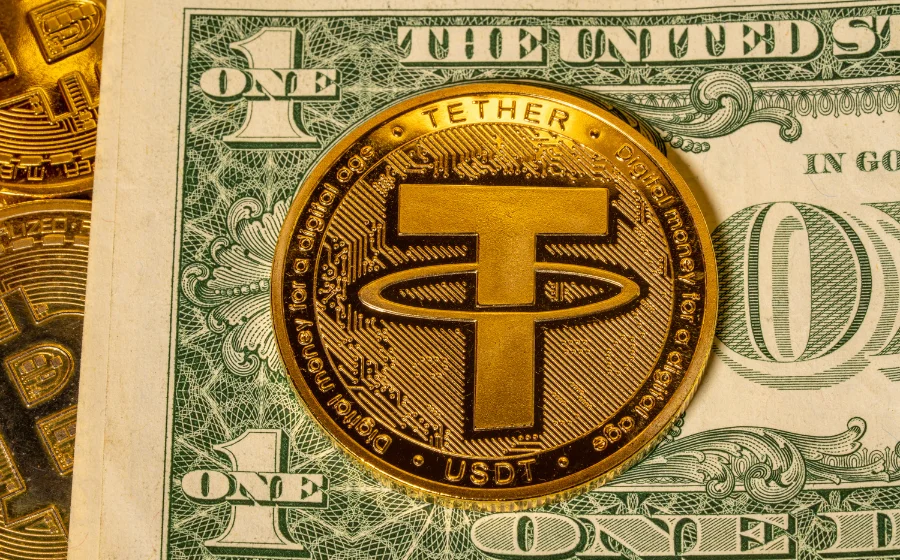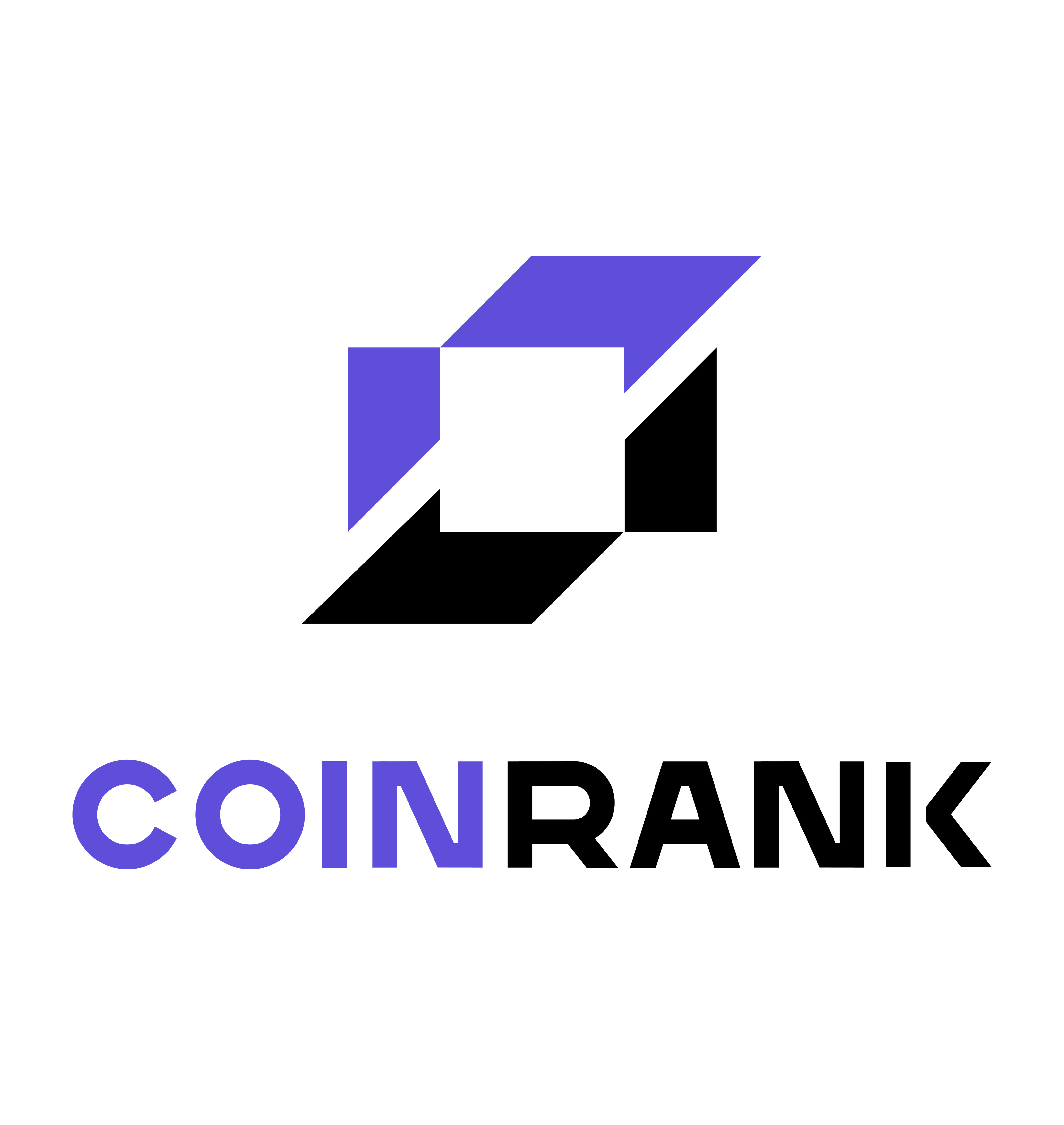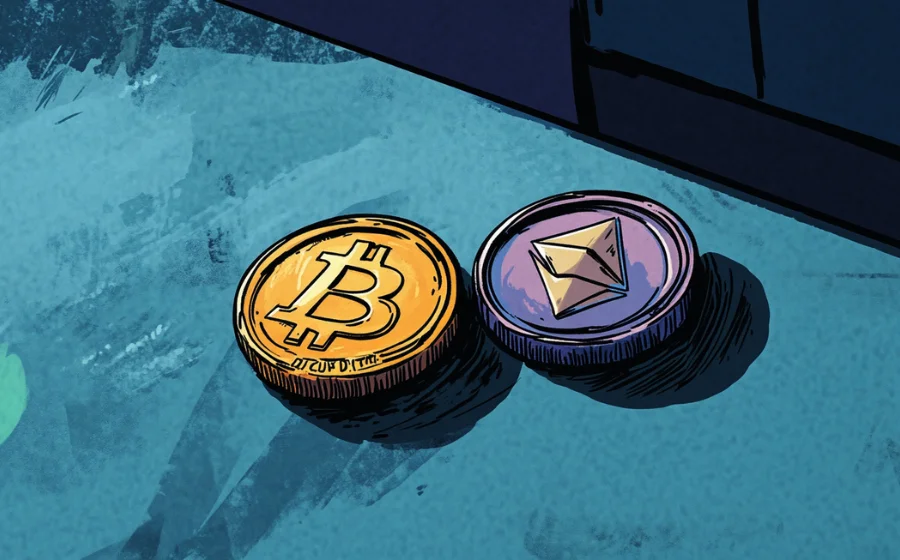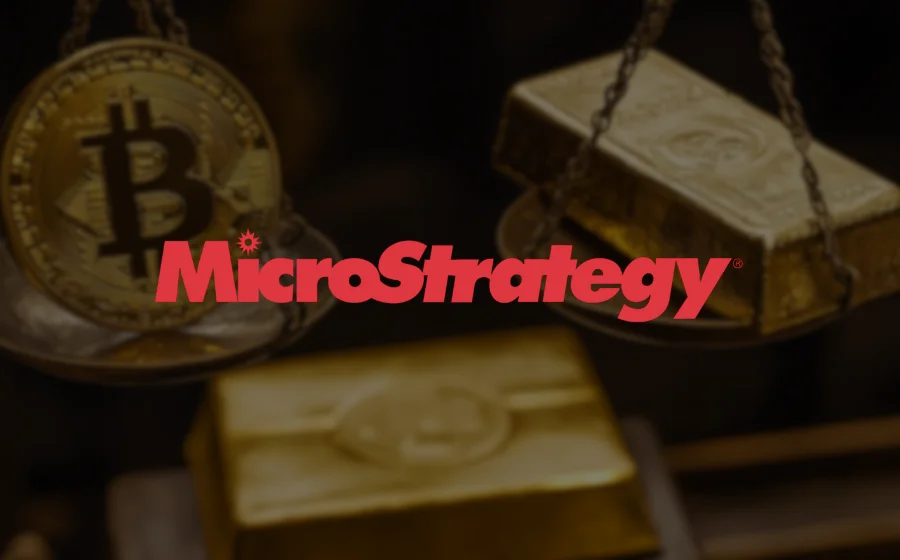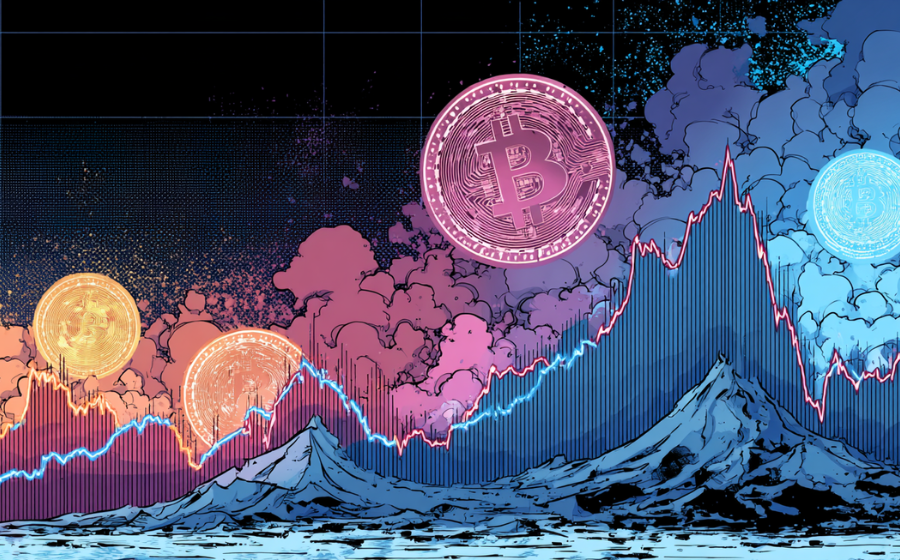
KEYTAKEAWAYS
- Bonding Curve links token price directly to supply, ensuring automated, transparent, and decentralized pricing managed by smart contracts.
- Linear, exponential, and logarithmic curves each serve unique roles—rewarding early adopters, driving liquidity, and stabilizing token economies.
- Beyond DeFi, Bonding Curve models are powering NFTs, DAOs, and Web3 projects, offering flexible, scalable frameworks for token distribution.

CONTENT
Learn how the Bonding Curve shapes token pricing in crypto. Learn its models, applications in DeFi, NFTs, DAOs, and its role in future digital economies.
Supply and demand are timeless principles that have shaped markets for centuries—governing everything from rare gems to everyday goods like milk and eggs. But how do these fundamentals translate into a world where assets exist purely in digital form?
In crypto, mathematical models often drive innovation, and one of the most important is the Bonding Curve—a mechanism that links an asset’s supply to its price. In a typical Bonding Curve model, prices rise as more tokens are bought and fall when tokens are sold or removed from circulation, often rewarding early adopters.
By providing a transparent, automated framework for token economics, the Bonding Curve has become central to decentralized markets. Platforms like Pump.fun use it to manage pricing, liquidity, and token distribution—fueling their rapid adoption.
Given its importance, let’s explore how the Bonding Curve works, the main curve types, and its impact on the future of digital assets.
WHAT IS A BONDING CURVE?
A Bonding Curve is a mathematical model that establishes a direct relationship between the supply of a crypto asset and its price. Controlled by algorithms, these curves use predefined formulas to automatically adjust token prices based on the number of tokens in circulation.
This principle mirrors traditional economics: when demand for a scarce resource grows, its price tends to increase. Bonding Curve models apply this same logic to crypto markets, dynamically adjusting token prices in response to supply changes.
Crucially, Bonding Curve pricing is managed by smart contracts. This ensures that the entire process is executed automatically on-chain, with transparency, decentralization, and no need for manual intervention.
>>> More to read: What is EMA? The Must-Know Trend Tool for Crypto Traders
HOW DOES A BONDING CURVE WORK?
The principle behind a Bonding Curve is straightforward: the more tokens that are purchased, the larger the circulating supply becomes—usually driving prices higher. Conversely, when tokens are sold and removed from circulation, the supply decreases, and prices typically fall.
To illustrate, imagine a new project launching a token using a Bonding Curve model. Since the initial supply is small, the first buyers are likely able to purchase tokens at very low prices.
As demand grows and more traders enter the market, circulating supply expands. New tokens may be minted according to the Bonding Curve, naturally pushing prices upward. This automated mechanism ensures continuous liquidity while allowing projects to design their own token economies by defining custom curve structures. In practice, there are no strict limits on the shapes a curve can take, but the most common forms are linear, exponential, and logarithmic.
1. Linear Bonding Curve
The simplest mathematical model is the Linear Bonding Curve. Here, the token price increases in direct proportion to the number of tokens minted or sold. With each new token issued, the price rises by a fixed increment, creating a predictable and steady pricing structure.
2. Exponential Bonding Curve
In an Exponential Bonding Curve, token prices grow exponentially relative to supply. If the number of tokens purchased doubles, the price increase is more than double, meaning tokens quickly become more expensive as demand rises.
This model heavily rewards early buyers, who can later sell into stronger demand. Projects looking to incentivize early adoption often use exponential curves. While early participants assume greater risks, they also stand to gain the largest returns if the project succeeds.
3. Logarithmic Bonding Curve
A Logarithmic Bonding Curve drives token prices up rapidly at the start, but as supply continues to expand, price growth begins to slow. Because of this, logarithmic curves tend to benefit the earliest traders, who capture gains during the initial price surge.
For projects, this curve provides liquidity by leveraging those early buyers seeking fast, short-term returns, while stabilizing as the market matures.
📌 Beyond the Common Curves
While linear, exponential, and logarithmic curves are the most common, DeFi projects also experiment with alternative curve designs. These include:
- Step Function Curves, where prices increase in predefined “milestones.”
- S-Curves, which start with rapid growth, then stabilize as the market matures.
- Inverse Bonding Curves, where token prices start high and decrease as supply grows, making tokens cheaper for future buyers.
Such variations highlight the flexibility of the Bonding Curve model, allowing projects to tailor token pricing and distribution to their specific goals.
>>> More to read: What is ICM & How Does It Work in Blockchain?
BONDING CURVE CONCLUSION
Markets have always been shaped by the timeless forces of supply and demand, and in the digital asset era, mathematical models are stepping in to provide a similar framework. Among them, the Bonding Curve stands out as a foundational mechanism that maps traditional pricing dynamics onto the blockchain. By automating price adjustments, it ensures liquidity and, in some cases, even market stability.
As explored above, whether linear, exponential, or logarithmic, each type of Bonding Curve serves different purposes. For new projects, it offers instant liquidity without relying on centralized exchanges; for investors, it provides a transparent and predictable pricing mechanism.
Beyond DeFi, the Bonding Curve is finding applications in NFTs, DAOs, and across the broader Web3 ecosystem. From distributing tokenized assets to structuring community governance tokens, its flexibility and efficiency make it an invaluable tool.
Looking ahead, as the crypto industry continues to mature, the Bonding Curve will remain a critical design element—helping projects craft resilient token economies while driving greater transparency, liquidity, and long-term sustainability in digital markets.
>>> More to read: What is Arc? Circle’s Open Blockchain for Stablecoin Applications



